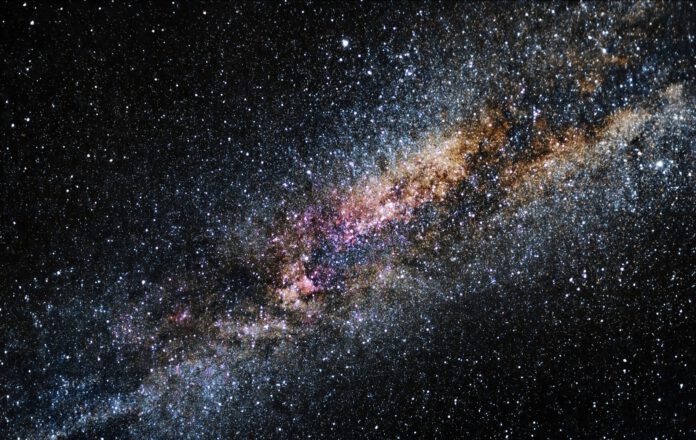
Discovered: Possibly the Oldest Stars in Our Galaxy
American scientists have made an extraordinary discovery: our Milky Way galaxy contains three stars that may be the oldest ever identified.
These three stars have been found in the so-called ‘halo’: the star-filled space that surrounds our Milky Way. Research suggests that these stars were likely part of other, smaller galaxies in the past. When those smaller galaxies were absorbed by the growing Milky Way, these stars became part of our galaxy, according to the researchers.
SASS
The discovery of these stars, referred to by the researchers as SASS (Small Accreted Stellar System stars), gives scientists hope that our galaxy contains even more ancient stars. Scientist Anna Frebel, who contributed to the research, states: “There must certainly be more of these ancient stars present in our galaxy. We have now found a way to locate these stars.” The stars are approximately 30,000 light-years away from us. The research has been published in the journal Monthly Notices of the Royal Astronomical Society (MNRAS).
Educational Module
The discovery was made following an educational module conducted by Frebel. During this module, students were presented with data from the Magellan-Clay telescope, which is part of the Las Campanas Observatory. The goal of the module was to learn how to effectively identify ancient stars. This involved analyzing the chemical composition of the universe shortly after the Big Bang, which primarily consisted of hydrogen and helium with low concentrations of other elements like strontium and barium.
Several students managed to identify three stars that are low in strontium and barium, indicating they originated from the early universe. These stars were captured by the Magellan-Clay Telescope in 2013 and 2014, but were only recently identified by the students as being between 12 and 13 billion years old. Ananda Santos, one of the students who made the discovery, shares: “It was very special to make this discovery. It was a highly educational process for us.”
Ancient Origins
After determining the age of the stars, another question remained: how did these ancient stars end up in our Milky Way? To answer this, students examined the stars’ orbits and compared them with the orbits of other stars in our galaxy. Despite being located in different places in the star cloud, the students noticed that all three stars move against the flow. Frebel explains: “The only way this can happen is if these stars were pushed in the wrong direction.” In the study, the researchers describe this as retrograde motion, which can occur when external objects with their own orbits are drawn into a galaxy, continuing their unique paths within the new system.
Significance of the Research
The results of this research are significant. Previously, studying ancient stars required observing stars that are extremely distant and barely visible. The findings suggest that scientists can now also search within our own galaxy for stars that formed shortly after the Big Bang. This research provides an immediate roadmap for the process: first, by examining low concentrations of strontium and barium to determine age, and then by studying the stars’ orbits to identify potential retrograde motion, indicating they originated from other galaxies but were later incorporated into ours.
Frebel notes that the educational module will be offered again next year. She concludes: “We can now study old stars within our galaxy. These stars are much brighter and can be examined more thoroughly than distant stars.”











